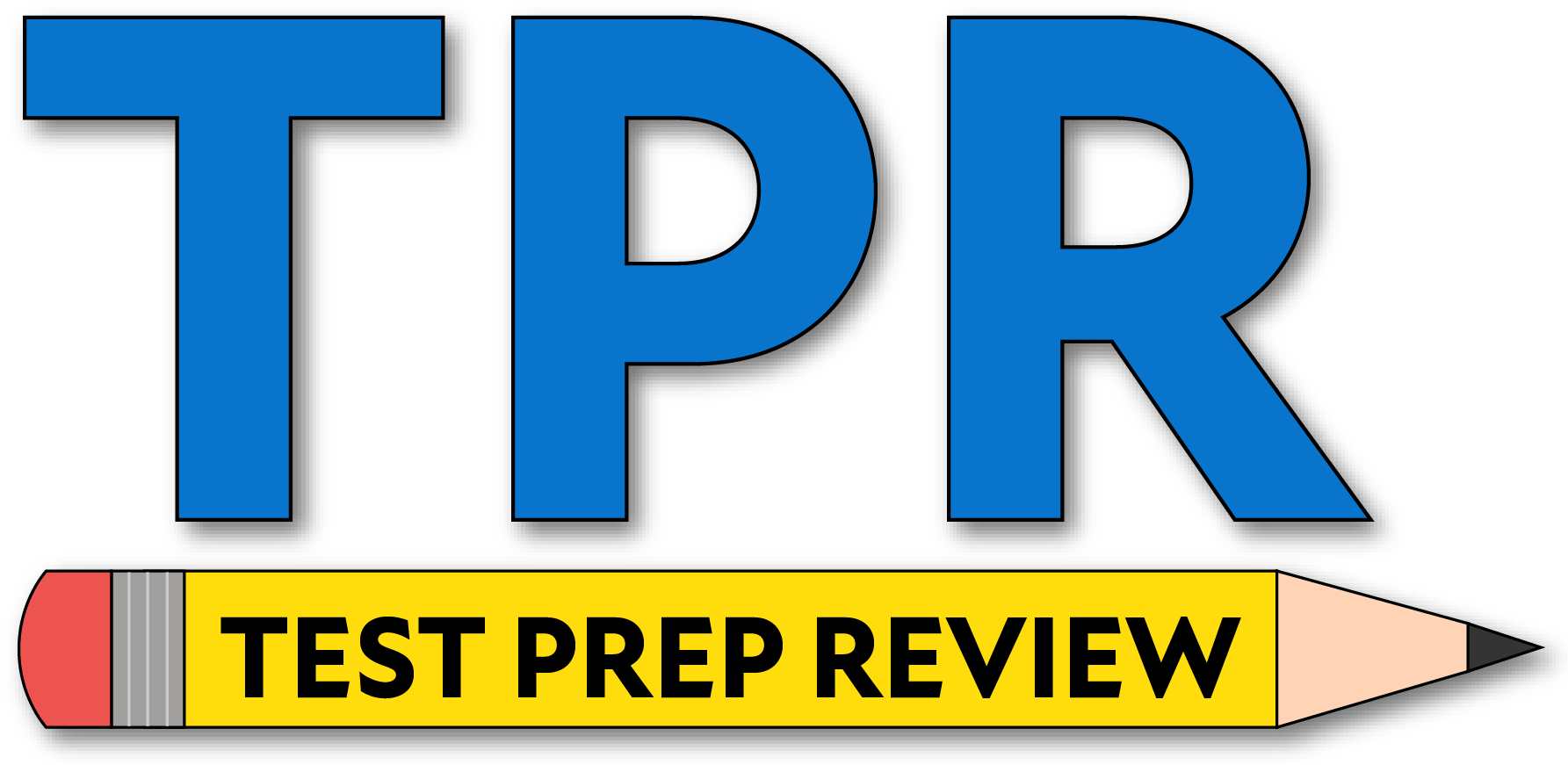- The movement of food through the intestines is known as…
- Peristalsis
- Ileal transit
- Microvilli propulsion
- Flexure propulsion
Peristalsis is the wave-like, coordinated contraction of circular and longitudinal smooth muscle that propels food (bolus/chyme) along the gastrointestinal tract. It occurs from the esophagus through the intestines.
Ileal transit refers to passage through the ileum (a location/time concept), not the mechanism. Microvilli increase surface area for absorption; they don’t push food. “Flexure propulsion” is not a physiological term.
- Which of the following statements best describes the enzyme maltase?
- It breaks down lactose to glucose.
- It turns glucose into maltose.
- It breaks down maltose to glucose.
- It turns glucose into lactose.
Maltase is a brush-border disaccharidase in the small intestine that hydrolyzes the α-1,4 glycosidic bond in maltose, yielding two molecules of glucose.
Lactose is broken down by lactase, not maltase. Forming maltose or lactose from glucose is a synthetic process that does not involve maltase.
- High levels of bilirubin in the blood stream can result in which of the following?
- Uric acid overexposure
- Jaundice
- Bile salt production
- Hepatic mutation
Excess bilirubin in the bloodstream (hyperbilirubinemia) deposits in tissues and causes jaundice—a yellowing of the skin and sclerae. This can arise from hemolysis, impaired hepatic uptake/conjugation, or biliary obstruction.
Uric acid relates to purine metabolism (e.g., gout). Bile salt production and “hepatic mutation” are not direct effects of elevated bilirubin levels.
- Where does the majority of nutrient absorption in the gastrointestinal tract occur?
- Stomach
- Small intestine
- Large intestine
- Esophagus
The small intestine (especially the jejunum, then ileum) is the main site of nutrient absorption due to its large surface area from villi and microvilli.
The stomach focuses on mechanical digestion and protein initiation; the large intestine mainly absorbs water and electrolytes; the esophagus transports food.
- Which blood vessel carries oxygenated blood from the lungs to the heart?
- Pulmonary artery
- Aorta
- Superior vena cava
- Pulmonary vein
The pulmonary veins (typically four) carry oxygenated blood from the lungs to the left atrium.
The pulmonary artery carries deoxygenated blood from the right ventricle to the lungs; the aorta distributes oxygenated blood from the left ventricle to the body; the superior vena cava returns deoxygenated blood to the right atrium.
- What are the two bones found in the area between the knee and ankle in humans?
- Femur and tibia
- Fibula and tibia
- Ulna and tibia
- Radius and tibia
The lower leg contains the tibia (medial, weight-bearing) and the fibula (lateral, slender).
The femur is the thigh bone; the radius and ulna are forearm bones.
